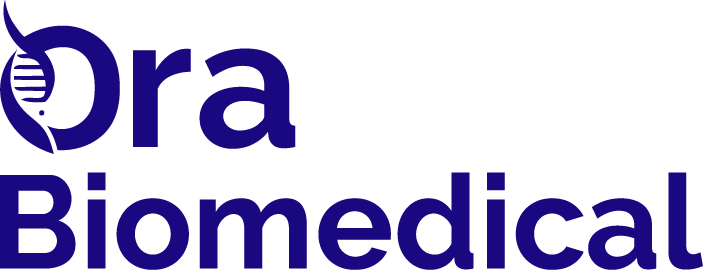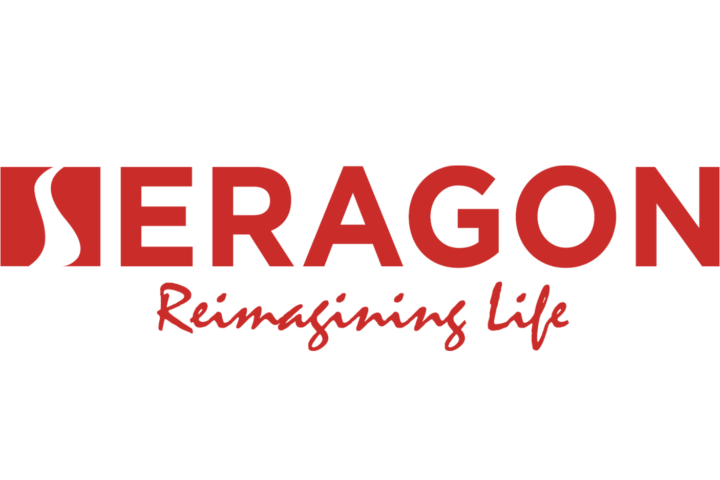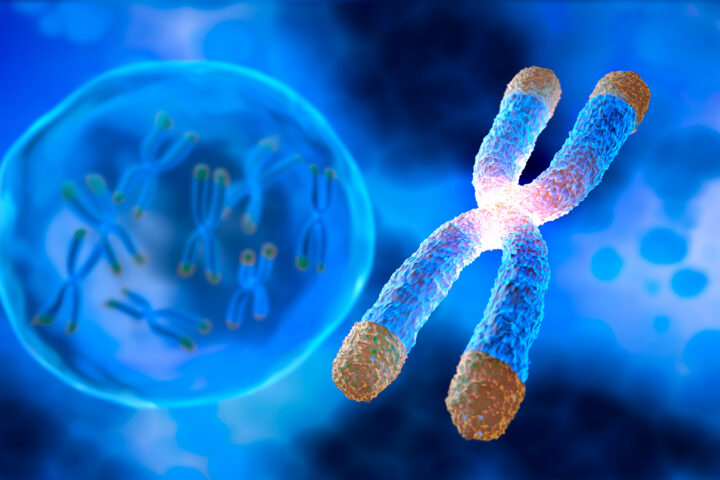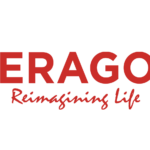Mitchell Lee, CEO of Ora Biomedical, is on a mission to rapidly advance longevity research using high-throughput drug screening in C. elegans worms. With its innovative “wormbot” technology, Ora aims to screen over 1 million compounds in just 5 years.
From Neuroscience to the Biology of Aging
Lee first became fascinated with aging research during his PhD in neurodevelopment. As he describes it: “I heard lectures by Cynthia Kenyon on aging, and it made me realize that aging isn’t just this stochastic process, but is informed by a multitude of higher order regulation..”
Intrigued, Lee joined the lab of Matt Kaeberlein at the University of Washington, one of the world leaders in the space. There, he began using small molecules to probe the biology of aging. At the time, many saw this approach as “going on a fishing expedition.” But to Lee, “Going fishing is only bad if you don’t intend to catch fish.” Regardless, the funding provided for exploration are largely decided by scientists in study sections with their own set of preconceived notions to what the best opportunities are. Broadly, this narrows scientific focus and limits the ability for radical change.
Launching Ora Biomedical to Accelerate the Pace of Discovery
After facing challenges getting funding for exploratory aging studies, Lee wondered: “What opportunities are out there?” He decided to launch Ora Biomedical in 2022 to pursue high-throughput longevity drug screening.
Ora’s core technology consists of “wormbots” – automated systems that can rapidly test interventions on C. elegans and collect data. This is based on innovative neural net AI architecture developed by lead informatician, co-founder, and tech wizard, Ben Blue. Lee mentions, “The robotics had become more stable and sophisticated” and large leaps were made with advancing the image recognition capabilities.
The culmination of this team’s efforts are nothing short of spectacular. As Lee explains: “We could quickly pass 50 years of cumulative human research.” If actualized, this would radically increase informational abundance and potentially release bottlenecks in the longevity space. “Our main focus is on translation” but the implications stretch all the way back to basic research and mechanistic understanding.
Democratizing Longevity Research
Beyond sheer throughput, Ora Biomedical aims to make longevity science more accessible to the broader community. According to Lee:
“We launched a sponsorship program where for $100, anyone can sponsor an intervention test. This democratizes science, removing the insular groups, gatekeepers, and exorbitant costs associated with conducting research.”
Sponsors actually get to formulate hypotheses, commission Ora to perform the experiments, and see the results their hypothesis generated. “It’s a very exciting time” because “At the end of the day, we’re idealistic scientists.” Secondarily, Lee hinted that there could be a leaderboard where Sponsors get to see their compounds ranked by lifespan extension and the ability to progress the research further.
The Path to Human Translation
Lee stresses that Ora’s ultimate focus is translating findings to humans. As he notes:
“Of the interventions that have achieved top lifespan extension, the reproducibility across model organisms is key. Rapamycin, caloric restriction — they work in yeast, in worms, they work in mice, and they work in humans.”
By screening millions of compounds in C. elegans, Ora hopes to identify the most promising leads that could be tested further in mice and eventually clinical trials. As Lee states
“In many cases, evolution created a critical pathway once and then expanded upward — things like mitochondria, nutrient sensing, these are problems that nature had to figure out.”
Inflection Point for the Field
With companies like Ora Biomedical rapidly advancing, Lee feels the longevity field is at a critical time in its lifespan. As he states:
“It’s exciting that the information is getting out there. We’re at this inflection point where we can go after aging full throttle and make that first step to translation in humans.”
Lee is excited about the progress, but notes challenges like funding and reproducibility across labs must still be overcome. Yet, their database with automation and AI at its core is set to be the more reproducible, cleanest, largest database in the world. In a time where different labs are unable to reproduce lifespan extensions from gene knockouts, Ora’s technology removes much of these worries through standardization and automation. Regardless, he remains optimistic about the future:
“We’re going to move forward with a single organism” and we see the horizons of human translation coming ever closer in the foreground.










